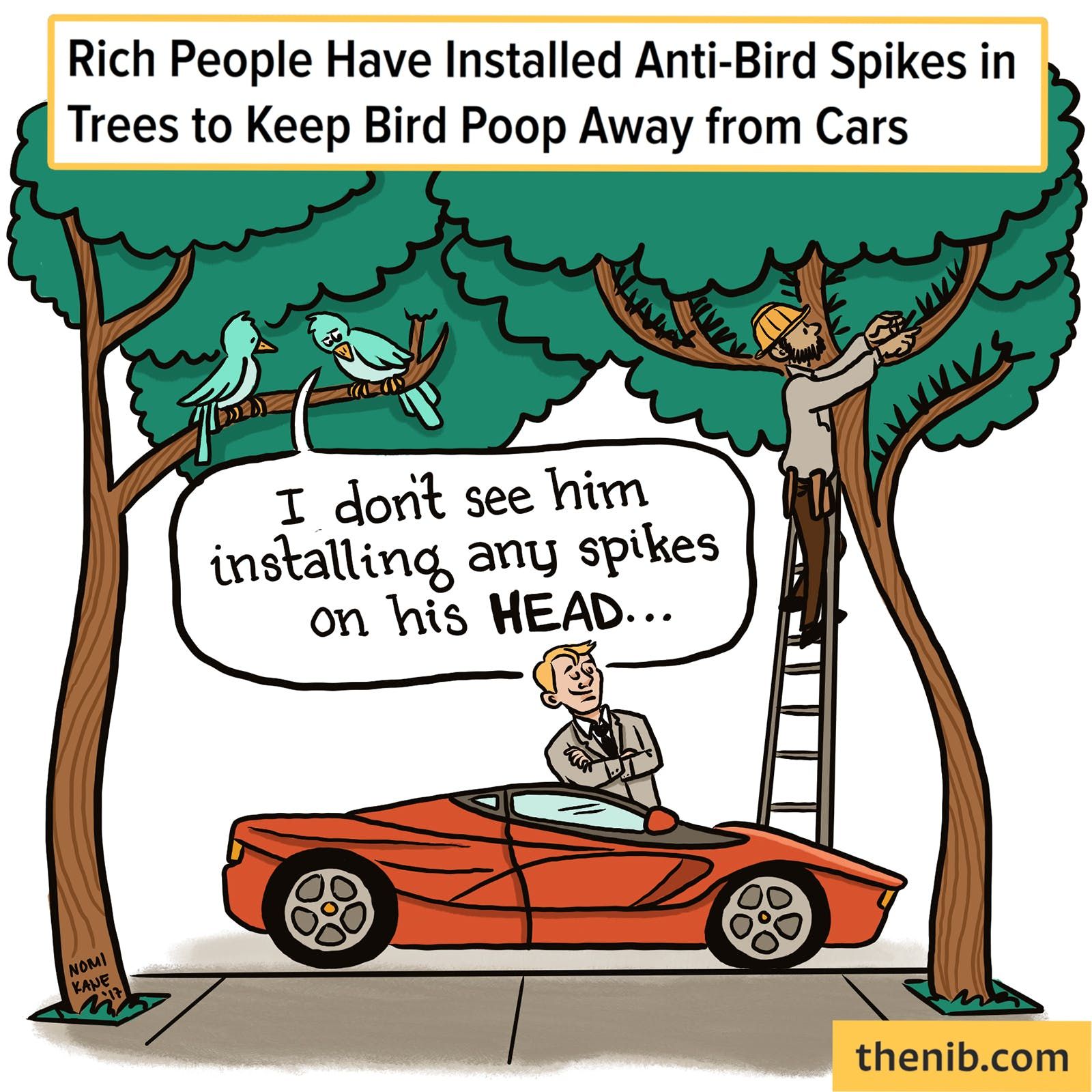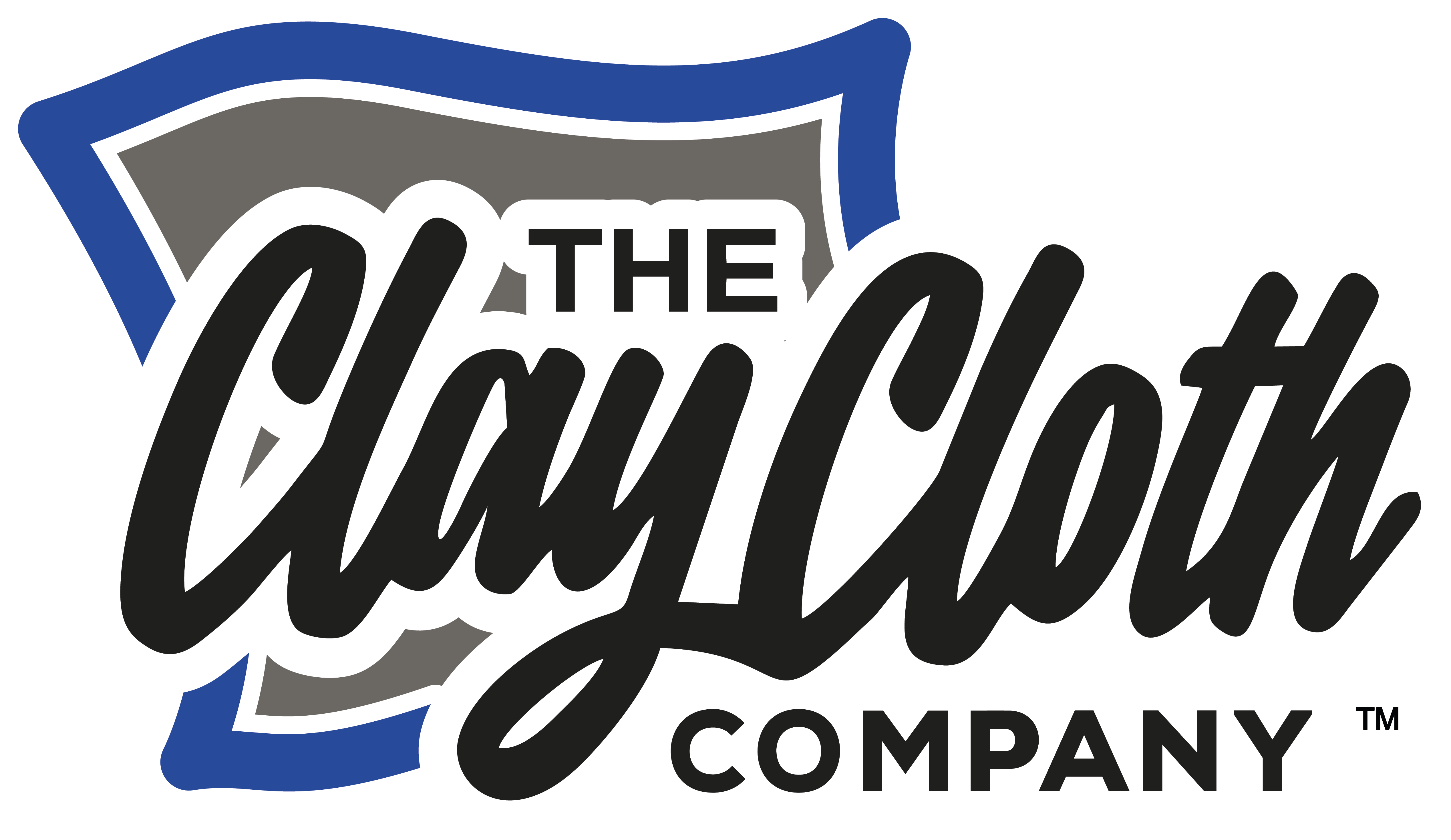Bird mess… an unpleasant and potentially damaging hazard!
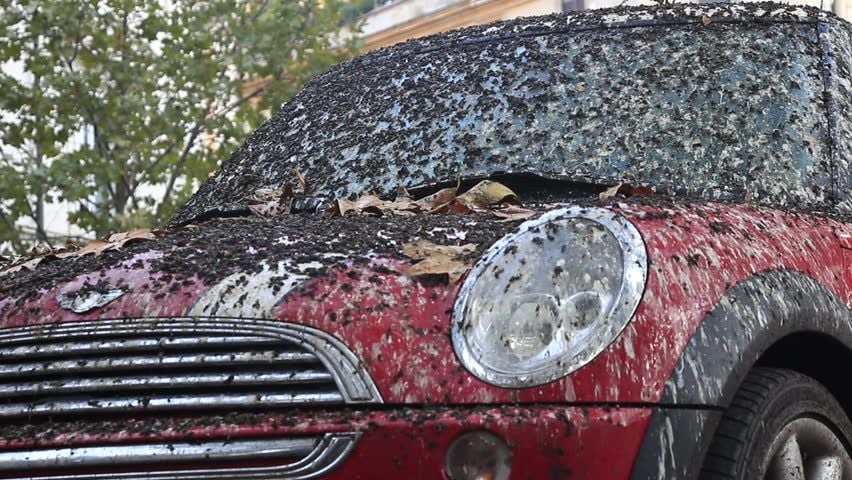
We have all experienced this and no more annoying than when we have just spent hours cleaning our cars to that mirror finish only to find all our hard work has now been ruined by a passing bird!
Not only is this an unpleasant and unwelcomed sight, but if left too long, bird mess can damage your paintwork and potentially result in some hefty repair bills in the worst case scenario. As such, time is against you as the longer bird mess is in contact with your paintwork, the more chance there is of damage occurring.
Unfortunately neither wax nor a polymer sealant can provide a permanent barrier against the bird's acidic mess, but it will give you sufficient time to carry out rectification.
So why does bird mess damage our paintwork?
The type of damage inflicted on your paintwork is relevant to the birds diet, so we need to explore this to understand why. Birds generally eat seeds or berries. Those that eat seeds don’t require the strong digestive acid that berry eating birds do. However seed eating birds use gravel to help digest their food and as such this is contained in the bird poop and can cause scratching. Berry eating birds will cause acidic damage to the paintwork, but to generalise, bird mess consists of phosphates, minerals and salts, ammonium oxalate (with high levels of nitrogen), uric acid, phosphoric acid and organic material – either way you look at it, it’s not good for paintwork!
Birds don’t have a bladder since they don’t store liquid waste. They pass the ‘urine’ into their common digestive chamber called the 'Cloaca'. As such, when they make their mess, it is highly damaging to your paintwork!
Bird mess has an acidic level range from pH 3.5 to 4.5, which is the point where it starts to burn paint and lacquer. This is why your paintwork will mark very quickly if the mess is left for too long. Bird mess should not be ignored!
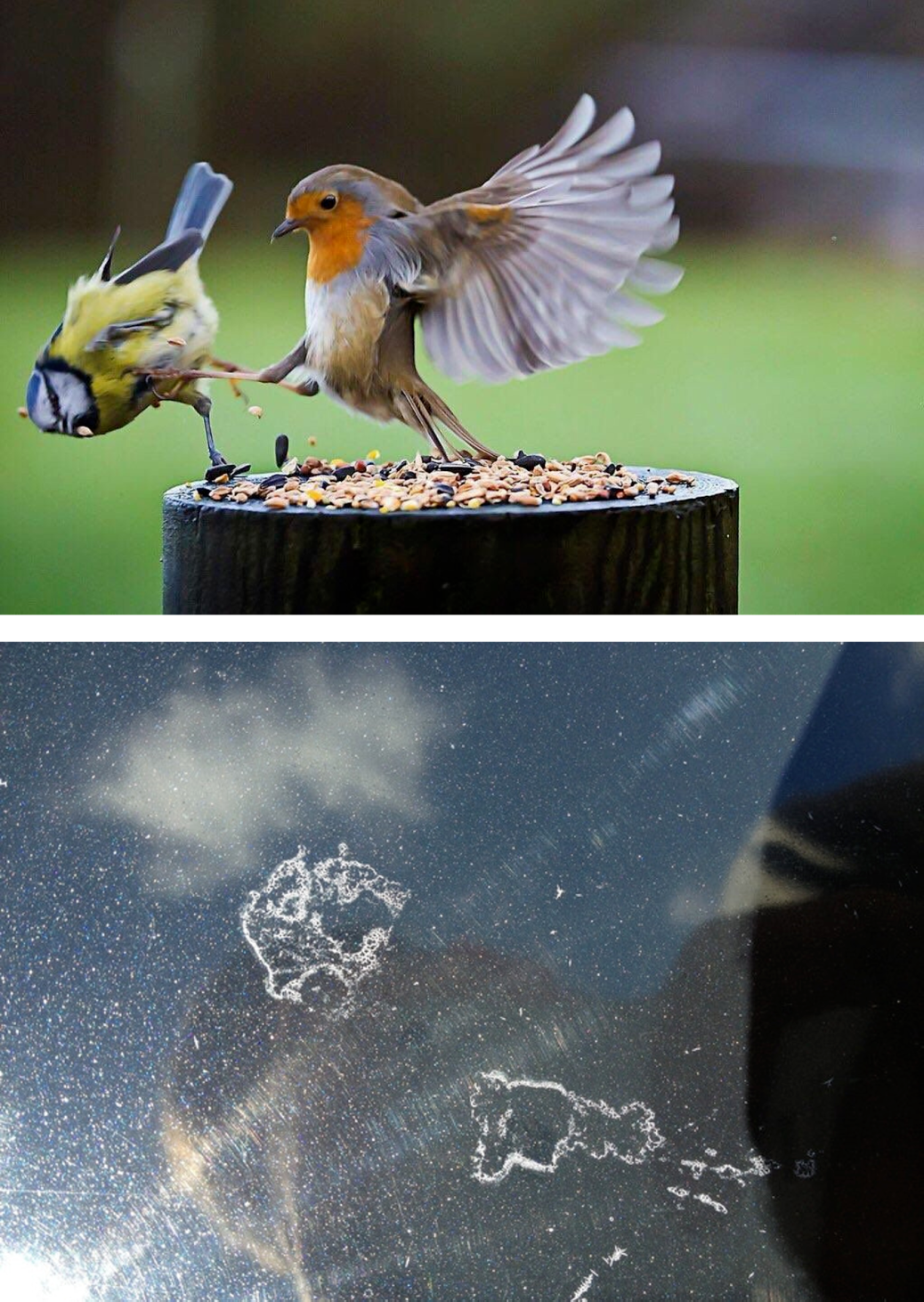
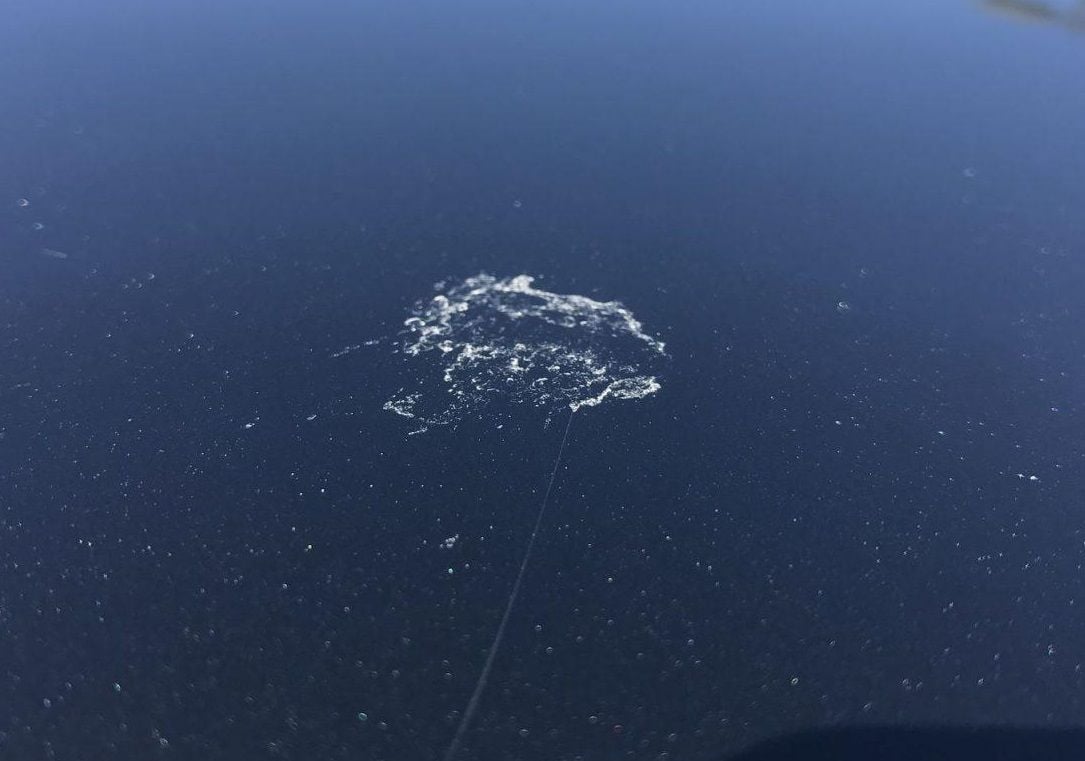
How does bird mess damage our paintwork?
Along with the damage from the acid as previosuly explained, the clear coat, top coat or lacquer as it is known warms up in the sun. In the height of summer, your paintwork can exceed 80c and with these extreme temperatures, the lacquer softens and expands. When bird mess hits this warmed surface, it very quickly dries and impregnates itself into the lacquer. As the lacquer then cools and contracts, the bird mess remains hard and creates an impression in the lacquer and an ‘etched’ mark is made. This can be slight, but as we know, only a minor imperfection is required to produce a dull patch in your paintwork and affect the shine.
There's no time like the present!
Removing this harmful substance as quickly as possible before it makes considerable damage is crucial, however the process of removing it should be taken with extreme care. NEVER SIMPLY WIPE OFF!
It is doubtful that you are going to know what type of bird produced this mess, whether it was a seed or berry eater, so a generalist approach is recommended. Any acids present need to be removed and/or neutralised as quickly as possible.
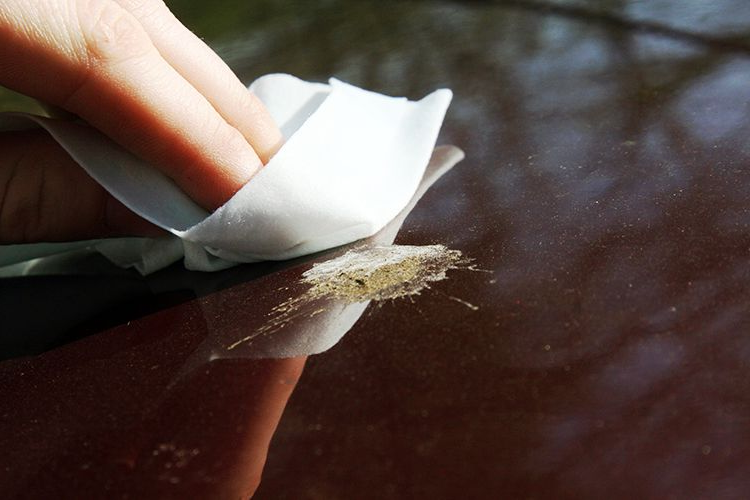
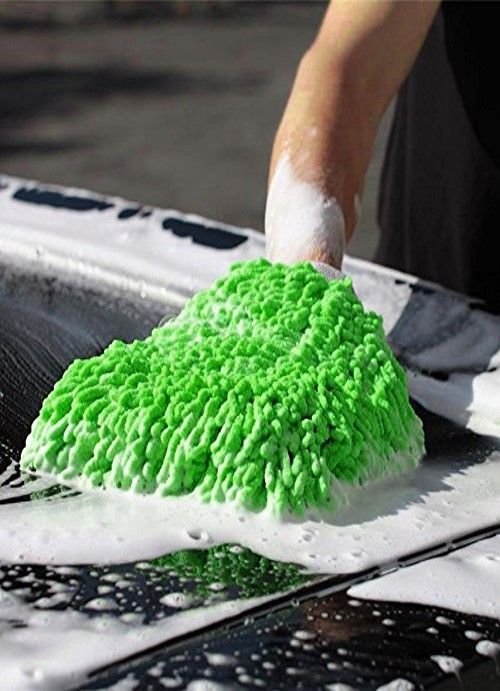
How can it safely be removed?
Washing. If the bird mess is very fresh, it can be removed simply by washing carefully with shampoo. The shampoo should be frothy and by flooding the area with shampoo/water mix, it will help lift the damaging mess off the paintwork. If you use a wash mitt, ensure you thoroughly rinse it afterwards.
Snow Foaming. We use snow foam to loosen and soften the dirt and grime on our paintwork prior to washing our cars – the same can work with bird mess. It is possible, depending on the time it has been on the paint / lacquer, that the snow foam can safely remove the mess. However, it should be noted that the chemical within the mess may still be present on the paintwork even when the visible mess has gone, and as such further cleaning is required.
Soaking with APC. If the bird mess is not so fresh and has started to dry, we need to soak it. You can either do this by spraying the area with APC (All Purpose Cleaner) or you can soak a soft microfibre cloth in APC and cover the affected area. With a good dwell time (longer the better), it should be soft enough to remove.
Acid removal. Using an IPA (Isopropyl Alcohol) which does not contain ammonia is a good place to start (ammonia acts as an acid accelerant so should be avoided). Glass cleaners are also good for this as are alcohol gel products. The alcohol content in these products act as a drying agent and will draw out the harmful acid.
Final wash. After the mess has been removed, a final wash is necessary to access the area and evaluate if any damage has occurred to the clear coat.
*NB. Avoid using detail sprays to flush the bird mess or any product which contains wax or sealants. These will seal any acid in and prevent it from being flushed away.
Temporary Action. There are times when you are away from home or are unable for other reasons, to take more positive action against the bird mess as set out above.
If you have a paper towel, a paper handkerchief or a microfibre cloth, soak this in water, place it over the mess and, if the mess has dried, leave it to soften for a few minutes. Once the mess is soft, gently wipe it off, rinse the area with water if possible and wipe with another clean wet paper or microfibre towel.
This action will remove the worst of the damaging chemicals, dilute any remaining chemicals and provide more time in which to carry out proper remedial action.
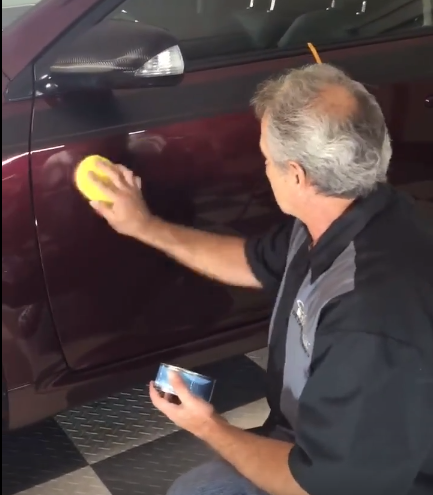
What’s the best way to protect the paintwork afterwards?
Once the bird mess has been removed and the area polished, always ensure you protect the surface with either a wax or sealant. This will restore some lustre back to the area and protect it to some extent from further bird mess. Further applications of wax will always help towards making cleaning easier and also go towards preventing oxidisation of the paintwork from harmful UV rays.
You can apply a ceramic coating which does provide an outstanding barrier of protection against bird mess, but it is still highly recommended the bird mess is removed sooner rather than later.
And finally, why do birds make a mess on shiny cars?
Well there is no science behind this, merely educated guesses! One of these is that birds tend to ‘relieve themselves’ more often above water. The shiny and glossy surface of your paintwork can give the impression to the bird that they are sitting or flying over water, hence the inevitable!
There are several theories for why birds make a mess on clean cars, but as mentioned, none have been proven.
